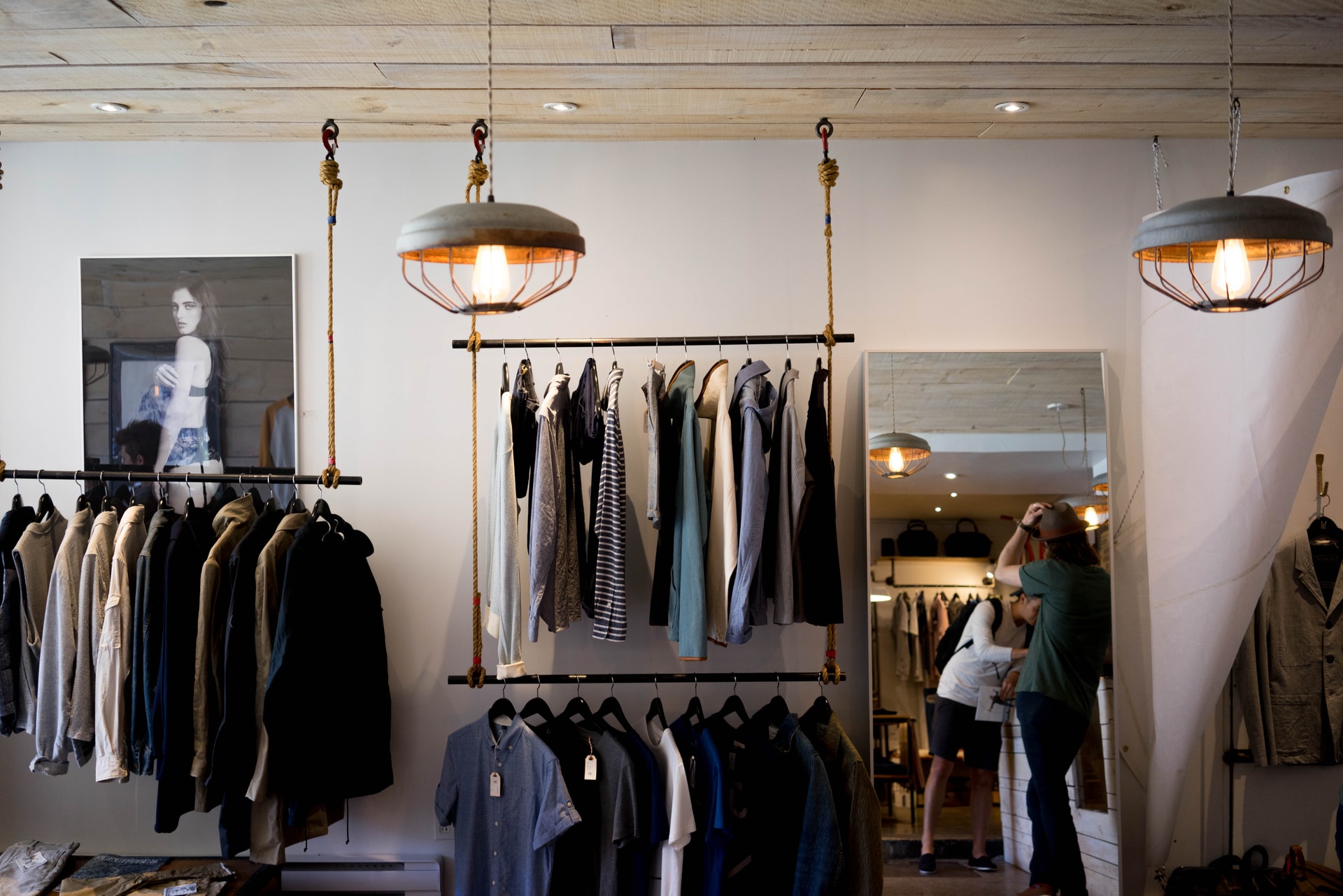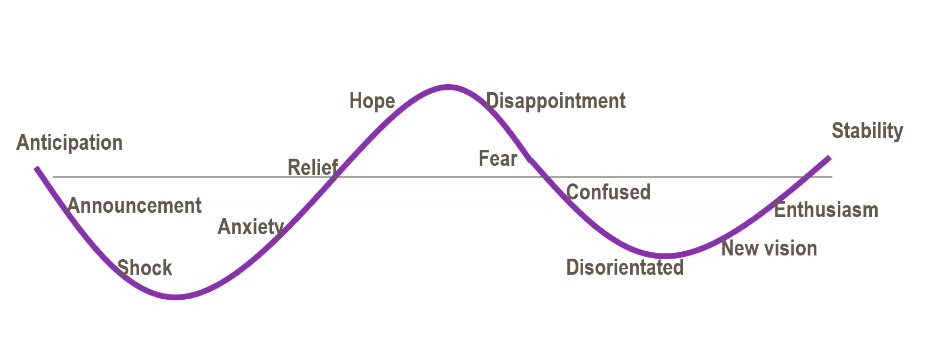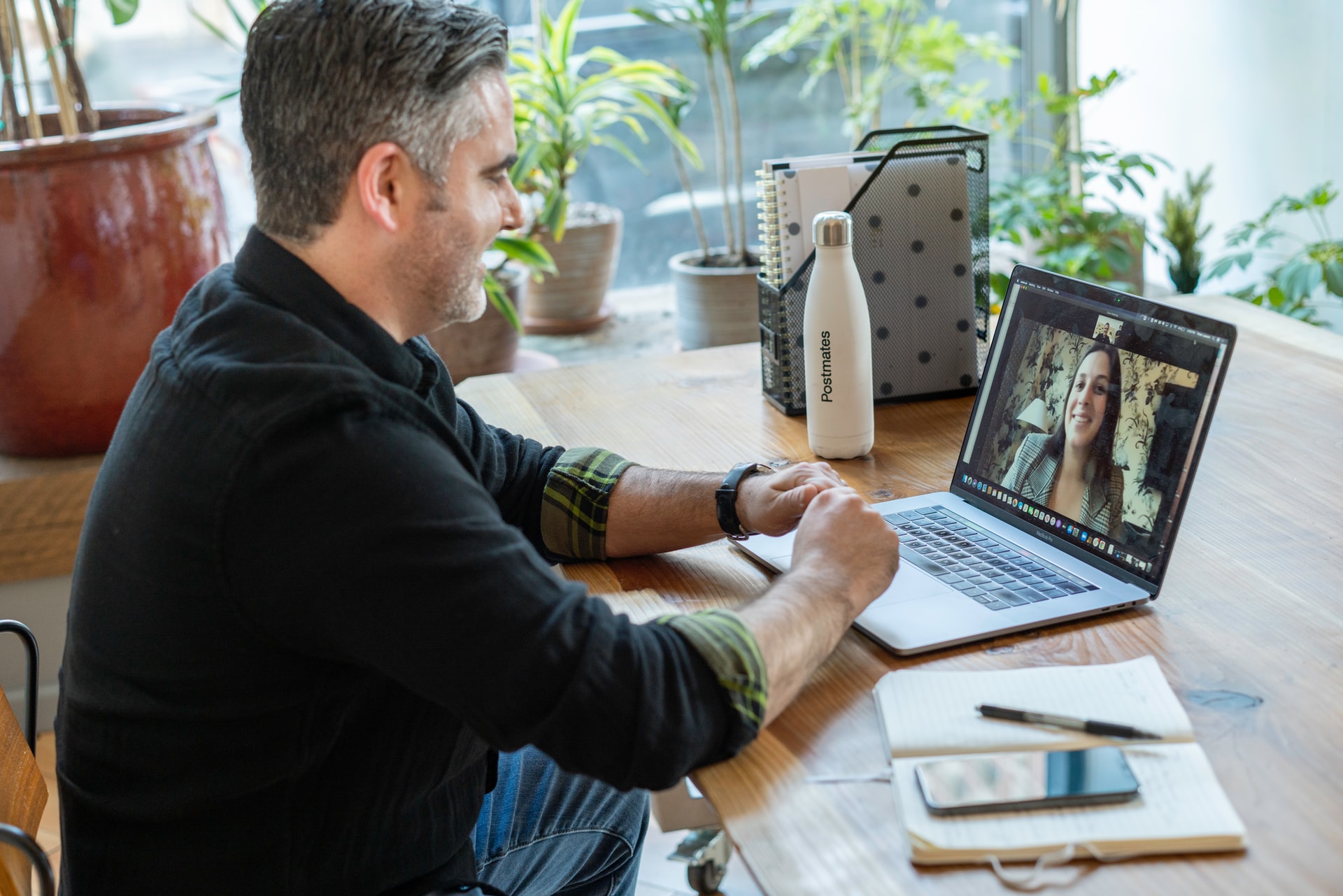Webinar Round-up: Approaching Change in a Changing World
Few industries have been as disrupted by the pandemic as retail, since most physical stores were forced to close their doors. Now it looks like we’re returning to some normality, but there are still challenges that the industry faces. Deltra wanted to provide a forum for retail change leaders to discuss how to approach change in volatile times such as these, and to share lessons that have been learned over the last 18 months to take forward.
We welcomed back one of our previous webinar hosts Jo Faulkner, who was interested in facilitating this conversation. We were thrilled to be joined by a great group of people for this session, with transformation professionals from some big-name brands like Le Creuset, Dixons Carphone, John Lewis Partnership and more.

Is change the new normal?
Straight away, Jo challenged the phrase that has been circulating in retail and other sectors: “change is the new normal.” In her experience, she has been hearing this phrase since at least 2009. Change is normal and necessary for businesses to grow, develop and react. Critical to managing change successfully, however, is the importance of having good change professionals guiding the organisation on its journey.
The volume of change over the last 10 years, though, has been significant. The increased need for digitalisation, the push for sustainability both from businesses and customers, and Brexit’s impact on the supply chain have all driven companies to adapt products and services and protect their bottom line.
These factors together with the additional impact of the global pandemic on customer and employee behaviour has caused real issues for retailers. But one that most retailers have been quick to respond to, focusing not just on the end customer, but also looking after their employees and stakeholders.
How are retail change leaders coping?
The first topic of discussion gauged how the attendees were feeling about the current situation. Jo introduced her iteration of the Change Curve, something most change leaders will be familiar with. In her version, the curve is more of a wave, which echoes the fact that change isn't just one cycle, but a series of waves.

The two main areas attendees placed themselves at were Enthusiasm and Disorientated. Stores are opening up and transformation programmes are in full swing, but in some cases new ways of working are still being decided upon and the lack of certainty or clear messages from the government is leaving a level of confusion that needs to be controlled. People want stability, but that hasn’t been an option. The optimism though is that retailers have shown they can implement solutions quickly and change at a rapid pace.
One attendee noted feeling change fatigue. It’s understandable; teams have had to adapt to remote working and new technologies while dealing with the stress of living and working in a pandemic, all while companies are working through their transformation backlog.
What do we have to get right?
In order to move forward in a volatile business environment, Jo suggested that retail change leaders should focus on a few key things to get right: embrace new ways of working, prioritise change initiatives that will strengthen business growth, and build teams’ resilience. To make this happen, change leaders need to understand how people are feeling so that the right tone is set and they know where to lead the conversation.
What has been learned over the last 18 months?
How to embrace new ways of working
Remote working was necessary to curb infection rates but it’s not without its challenges. First among them was figuring out how to adapt to remote teams, but now businesses are grappling with another issue: should teams return to the office or work remotely? Be given flexibility or strict instructions?

One attendee commented that they felt exhausted after two days in the office because they weren’t used to so much social interaction. Add people’s anxiety over being infected or getting public transport and it’s clear that rushing people back to the office was not in the best interest of productivity.
- One retailer has been holding feedback sessions to understand what work patterns people feel is best for them. This initiative is led by their HRD so there’s buy-in and support.
Someone shared their company’s experience of letting staff make their own decisions about working from home, but because they weren’t used to making that decision, it caused more stress. We are clearly in a period of trial-and-error. Companies will continue to get feedback and see what works, but until then, the focus should be on supporting employees and listening to what they want.
How to prioritise change
Even in the uncertain situation we’re in, it’s important that businesses look for opportunities to stand out. But how can change leaders promote and drive change initiatives with so many uncontrollable factors?
- Overwhelmingly, all agreed that businesses need a clear vision to share with employees. Sometimes, stakeholders can have great ideas and want to capitalise on the latest trends quickly, but it might not necessarily fit the business. A clear vision ensures everyone is on the same page. Concentrating on deliverables was a focus for another attendee, rather than rushing to change.
Jo added that people usually worry about uncertainty, their credibility, and their competence in their task. Giving people an anchor and making sure everyone feels heard eliminates the first two, meaning people can focus on doing their job well.

How to build resilient teams
For teams to be productive, they need to be able to deal with stress, whether that’s from working from home, poor mental health, or other factors.
Attendees commented that they missed the small talk that they were used to from working in the office. Now, calls tended to go straight to presentations without any of the introductory chat that naturally comes in the office. This can lead to team members feeling ostracised, lonely and detached from the company they had enjoyed working for.
- One person said they now start and end all of their team meetings with a 'positivity' activity. Something as simple as asking about people’s favourite piece of music can help build team spirit. People need to feel comfortable sharing their opinions, so leaders should lead by example and be open with their own feelings. This will build confidence among your team.
Looking ahead
In a time with so many uncontrollable factors, change leaders need to regain some control where they can. Not only will this help them perform their own roles better, but it will give employees some well-needed structure. There are certainly kinks that need ironing out regarding remote working, but the best way forward is to be clear in the vision for the business and the expectations of staff.
If you want to be a part of discussions like this one in the future and join like-minded change leaders, head over to our Networking Events page and sign up.

Helen Ives
6th August
Events Industry Insight
Related insight
Related News
Looking to
transform?
Quicklinks

Address
Deltra Group
52-54 Gracechurch St
London
EC3V 0EH
Contact
+44 (0)207 375 9500
info@deltragroup.com



